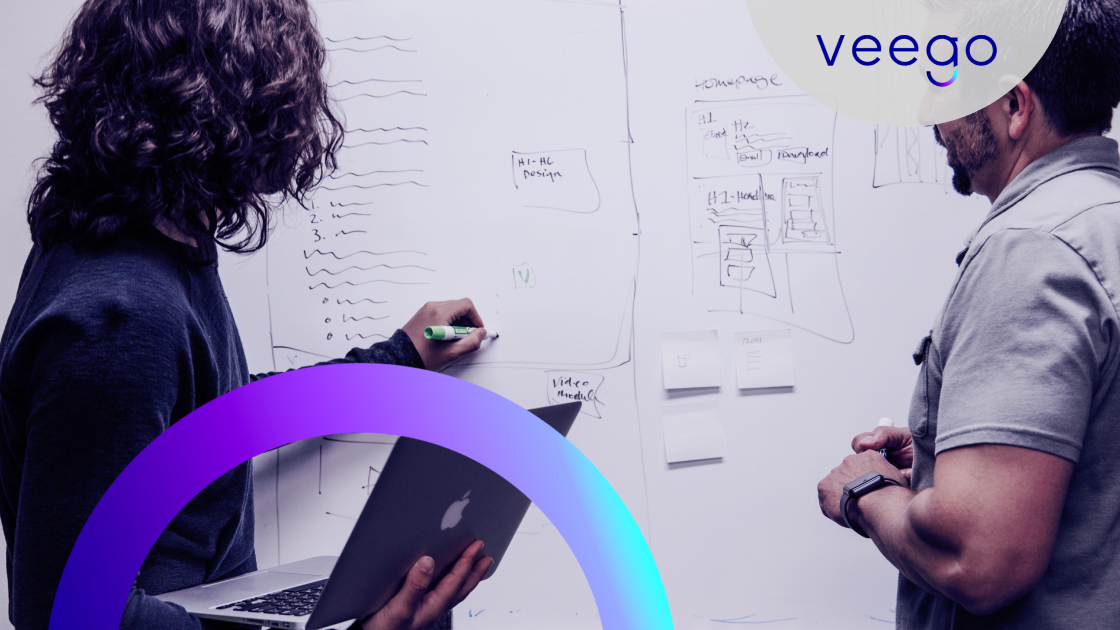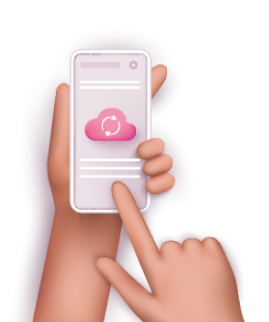Ofir’s company, “thinkz” (www.thinkz.ai) that, to work together effectively, the billions of connected smart things will require a unified, open and independent platform. Becoming more autonomous, more conscious and more trusted (ACT) is necessary to exploit IoT for better human experience.
What trends do you see regarding malfunctions in the connected or smart home?
We are seeing a trend of connected home malfunctions, formerly concentrated around the WiFi, increasingly appearing in other links in the Service Delivery Chain. That makes them harder to spot and diagnose. Allow me to explain. The digital lifestyle demands smart, connected devices within the home. Getting these devices to deliver the services that people want (browsing, gaming, streaming, etc.) requires the traversal of a long, complex Service Delivery Chain that begins with the cloud service provider (e.g., Netflix, Fortnite) and connects to the home via the WAN (internet). Only then does the service enter the home via the router from where it is distributed over WiFi to the ever-growing population of connected devices within the home: smart TVs, speakers, thermostats, cameras and more. Problems that disrupt service enjoyment have traditionally been found in the WiFi domain, but, now, as the numbers and types of services and devices swell, we are finding that causes of disruptions to connected-home nirvana are spreading well beyond the WiFi toward the distant links in the Chain—within the devices themselves and beyond the home where cloud servers operate. Malfunctions are occurring at any of these links in the Chain.
Would you agree AI Technologies need to be embraced by ISP Customer Care divisions?
Yes. My own company, Thinkz, is a big believer that AI is key to making this world of IoT, as well as the smart home, reach its potential. AI technologies are also key to ISP customer care success and good customer experience. I’ll tell you why.
It’s the Wild, Wild West out there in Smart Home Land. Billions of interoperating connected devices and services produced by tens of thousands of makers are already functioning in millions of homes and there is no end in sight. The smart home is the only industry where individuals, often with no technology background and without any IT department to back them up, freely buy devices from any source: traditional shops, ebay, Alibaba, you name it. We can safely say that no two connected homes are identical. We can also say that no Customer Care Department can possibly keep up with all the permutations: what device works with what other devices, which version of which protocol is compatible with others, etc. With billions of possible combinations, trying to acquire and build-in the learning to support all this activity is just too mind-boggling for any Customer Care Department.
What’s the solution? AI, specifically, Machine Learning, can “study” the complex connected environment of each home, establish normal behavior guidelines and, in real time, detect aberrations that disrupt the Customer Experience. The key to smooth operation of the connected home is all about AI.
Where would you start implementing Artificial Intelligence technologies in Customer Care Departments?
You can’t support what you can’t see. All support starts with knowing what’s going on. So, I would start with visibility into the smart home, i.e., knowing what devices are there and what they are doing. This is surely the first place for ISPs to implement AI in their Customer Care.
Subscribers select from among millions of smart devices and services and expect them to work together seamlessly right out of the box. It’s no surprise that 34% of consumers report setup problems and turn to their ISPs for help when things inevitably go wrong. Even though ISPs supply the home routers to which all these devices connect, ISPs haven’t got a clue as to what is going on in the home—which devices are operating and what those devices are doing at any given moment. In other words, they can’t see what’s going on.
It’s all about visibility. ISPs need a set of eyes in the home. Since all connectivity goes through the router, that’s the best place for AI technology to deliver visibility and it must see across the entire Service Delivery Chain, even beyond the walls of the home.
Where else should ISP Customer Care implement AI?
A malfunction of any smart device or service in the smart home can be surprisingly complicated. It’s not as simple as “Replace the device and all will be well” or “Your new router will reach you within two workdays.” Since we are talking about digital lifestyle in the smart home, the symptoms of malfunctions will be felt there, where the people are. But the root cause might be far away. For example, the symptom might be that I can’t hear my music via my smart speakers, but the problem lies, not in the speakers, but in the Spotify cloud. In another example, the symptom might indicate a device malfunction—let’s say the smart thermostat is not turning on the air conditioner. But there is nothing wrong with the thermostat and not even with the air conditioner. The problem is due to an incompatibility in the communication protocol, software version, or even difficult-to-track, transient environmental conditions. The AI needs to learn about all the factors that can be at play. Highly complicated, but that’s its strength, isn’t it?
Anywhere else you would recommend that ISPs employ AI?
Yes, the list goes on and on. The name of the game in smart home support is smooth customer experience (CX). Since each and every customer creates his/her own smart-home experience by deploying various smart devices that consume different services, the CX of each home is unique. ISPs must be able to personalize support for each customer according to individual needs. The secret for that is also in AI.
How does Thinkz fit in?
Thinkz’ mission is to enable every autonomous machine to be social, conscious and empowered—to collaborate and to provide the best human experience. We see an essential role of AI to achieve all of that. This applies to everybody who creates, integrates or supports IoT, including the smart home, the smart city, smart healthcare, smart energy, and the rest.





